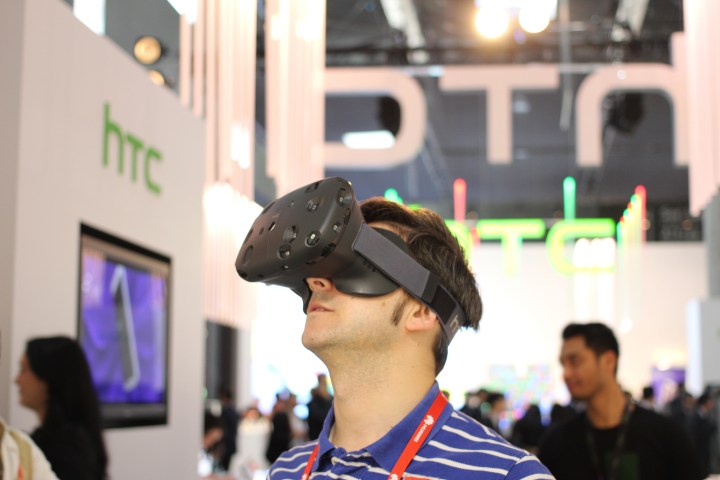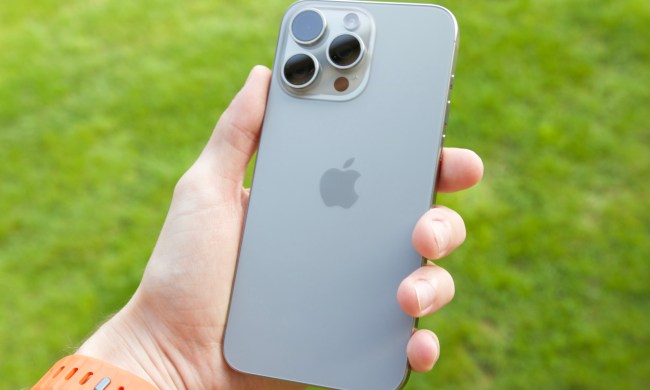
HTC’s China Regional President of Vive Alvin Wang Graylin told Road to VR, that he expects new headset iterations to follow a smartphone release cycle.
For Graylin, he feels that the VR market is moving so quickly that it will not follow the release cycle that video game consoles tend to be in. “Instead of looking at just the phone market — which is one type of very rapid consumer product — if you look at the other segment, which is the consoles, they’re about five- or six-year type of cycles,” Gaylin said. “What I would imagine is that the VR headsets are probably somewhere in-between, probably tending closer toward the phone cycles than it is to the console cycles, but it’s definitely not as quick [as the early smartphone era] with the major updates.”
For Gaylin, this does not mean consumers will be getting new VR iterations every year, but most likely every two to three years. Think of it less like upgrading from an iPhone 6 to a 6S, but rather a 6 to a 7.
For Vive, to keep headsets fresh between iterations, it will continue to push new accessories to make the experience better. “What we will do [between cycles] is accessories; the thing that you’re seeing is that we’ve created a good foundational platform for people to build things on. Changing it too quickly will actually make it very difficult for developers, make it difficult for accessory makers and for other types of systems that rely on it,” Gaylin said.
At CES, HTC Vive introduced the Vive Tracker and Deluxe Audio Strap. Considering the Vive was launched last April, it wouldn’t be out of the realm of possibility to expect a new version this year at the earliest, or more likely, next spring.


